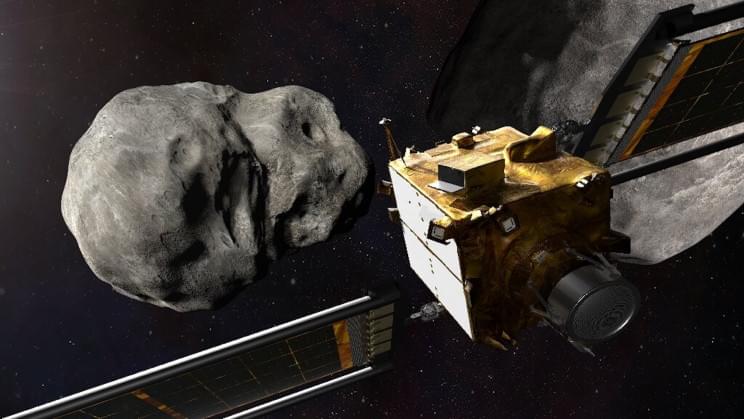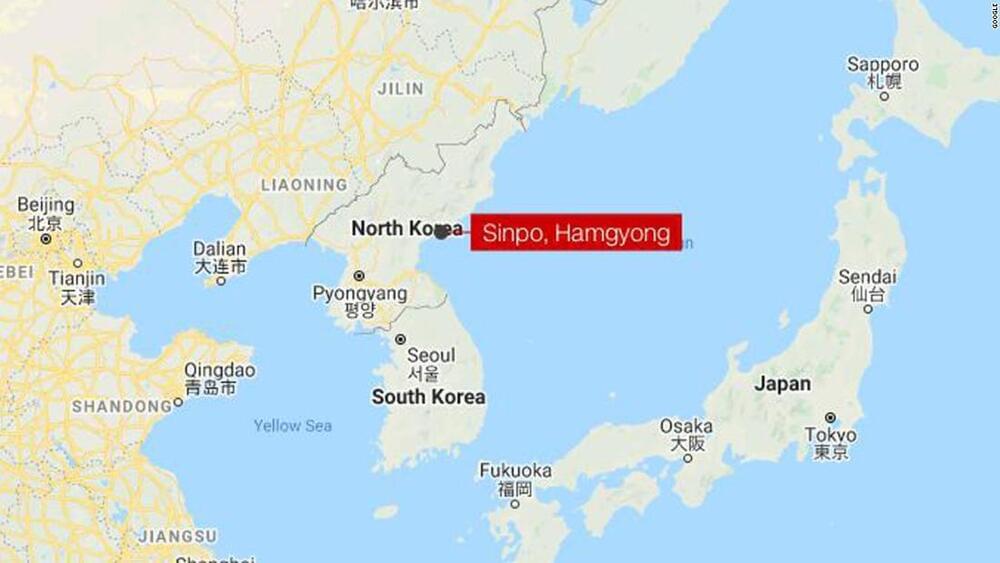Extraterrestrial life refers to life forms that did not originate and are not indigenous to our planet. So this term covers all possible types of life outside the Earth: These can be viruses, but also plant-like life forms. Some go even further: they are looking for creatures that are very similar to humans in their complexity or even surpass them, popularly known as aliens. But if there is extraterrestrial life, why hasn’t anyone heard about it until now? Do so-called aliens even exist? The Fermi Paradox addresses this very question. What approaches there are to this you can find out here!
Video recommendation:
Letters Show What Rescue Teams Did to the People on the Titanic!
Subscribe for more! ► https://bit.ly/2Q64mGd.
Credit: NASA, ESA, ESO, spacex, wikipedia, shutterstock,…
#TheSimplySpaceEN



